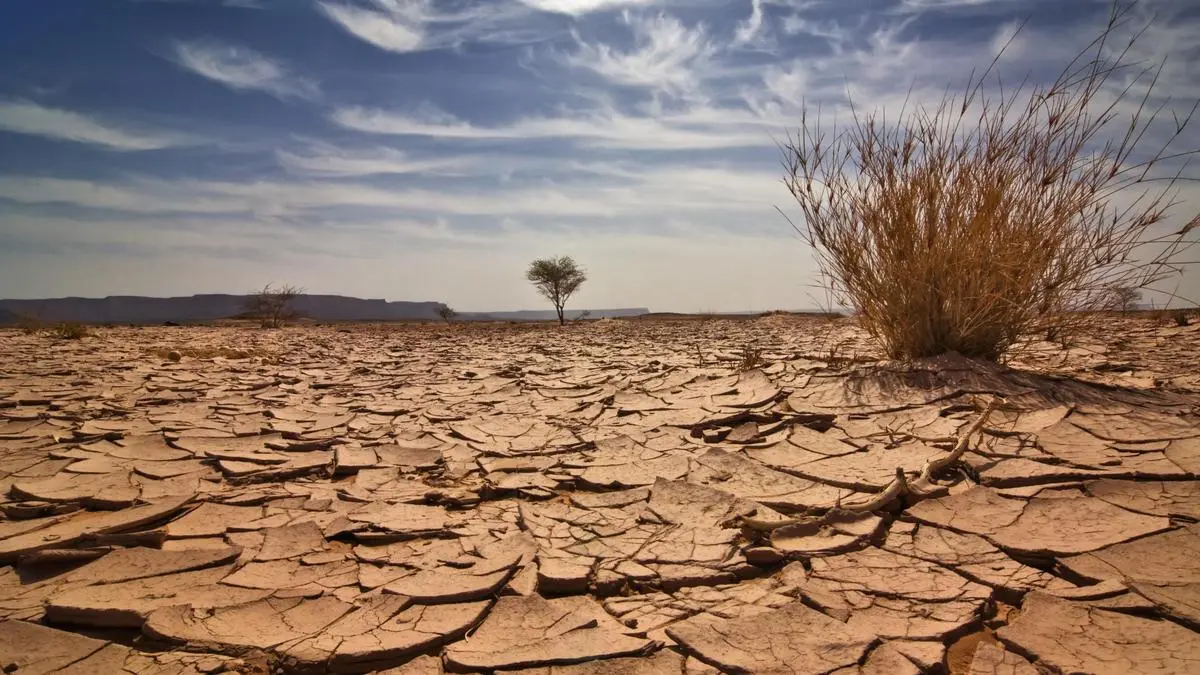Copyright thehindubusinessline

Flash floods and landslides all over the Himalayas, cyclone Montha in Andhra Pradesh and Odisha, flood in usually-parched Marathwada, early and long heatwaves throughout the country, rising seas wiping out homes and livelihoods all along the coast. It is in this backdrop that India will take part in the annual UN climate summit (COP30) with a draft estimate that it needs $21 trillion over the next 10 ten years to reduce greenhouse gas (GHG) emissions, adapt to climate change impacts, and deal with disasters. There was no sign of anything near that amount being available from rich countries, banks, or investors, as leaders of nearly 200 nations gathered in Belem, Brazil on Thursday in advance of the November 10-21 summit. In its latest report on climate finance, the United Nations Framework Convention on Climate Change (UNFCCC) once again asked rich nations when and how they would pay to help poorer countries deal with climate change. Environment Minister Bhupender Yadav said on climate finance that the time for continuous reviews without action had passed. “Dialogue is important, but action is imperative.” Around 80 per cent of all GHGs added to the atmosphere since the start of the Industrial Age are from rich nations, the reason developing countries seek finance and technology to deal with climate change being caused by the emissions. However, India is now the third largest emitter — behind China and the US — though its per capita emissions are far lower than the global average. The UN Environment Programme (UNEP) reported the highest absolute increase in total GHG emissions — excluding land use, land-use change and forestry (LULUCF) — in India and China in 2024, while Indonesia recorded the fastest relative growth in emissions. Landmark Paris pact COP30 is taking place 10 years after the landmark Paris Agreement, under which all countries agreed to hold global warming since the start of the Industrial Age within two degrees Celsius, with an aspirational goal of 1.5 degrees. With that aspirational goal breached already, this year’s summit is supposed to take stock of progress in the last 10 years and plan ahead. But that has been hit by the withdrawal of the US from the Paris Agreement under President Donald Trump — apart from reversing domestic action, the move has also frozen billions of dollars in climate finance that the US had earlier promised to developing countries. The US withdrawal has also had knock-on effects on companies’ plans to control GHG emissions and on clean energy investments. Many governments have also deprioritised climate action — only 64 countries had updated their national climate plans by September 30. Going by the updated plans from countries responsible for about 30 per cent of global emissions, the world will be 2.3-2.5 degrees warmer by 2100 from the start of the Industrial Age. Seven of the 64 countries were from the G20, a group whose emissions (excluding the African Union) account for 77 per cent of global emissions. This implies many more floods, droughts, landslides in the years to come, alongside faster glacier retreat, sea level rise and drop in food production. Global reinsurance major Swiss Re estimated that natural catastrophes cost India over $12 billion in 2025. Between 2000 and 2025, India’s cumulative disaster bill had crossed $180 billion, it said, and added that global insurance losses from natural catastrophes continue to follow the 5-7 per cent annual growth rate (in real terms) that has been seen in recent years. In its 2025 emissions gap report, UNEP said, “Ten years of the Paris Agreement has spurred climate action, but ambition and implementation still fall short of what is needed.” GHG emissions are still increasing in all major sectors. “However, despite the key role of fossil fuels in driving total emissions, deforestation and land-use change was decisive for the rapid increase in 2024 emissions. Global net land use, land-use change and forestry carbon dioxide emissions increased by 21 per cent in 2024, and were responsible for 53 per cent of the overall increase in global GHG emissions... Fossil carbon dioxide increased by 1.1 per cent and was responsible for 36 per cent of the increase in global GHG emissions.” Carbon dioxide is the main GHG causing climate change. “Every fraction of a degree of global warming matters,” said UNEP. “Each additional 0.1 degree of global warming is associated with an escalation of the damages, losses and adverse health impacts that are already being experienced at current levels of global warming, and which hit the poorest and most vulnerable the hardest.” The report also pointed out, “Accelerated mitigation action provides benefits and opportunities... The required technologies are available, and wind and solar energy development continue to exceed expectations, lowering deployment costs and driving market expansion. Yet deployment remains insufficient, and accelerated emission reductions require overcoming policy, governance, institutional and technical barriers; unparalleled increase in support to developing countries; and redesigning the international financial architecture.” While mitigation of emissions remains inadequate, the situation is far worse when it comes to adaptation to climate impacts. In its 2025 adaptation gap report, UNEP says adaptation finance needs of developing countries by 2035 are at least 12 times as much as current international public adaptation finance flows. The goal was to have $40 billion available to developing countries by 2025, but this goal will be missed. The adaptation finance gap is now $284-339 billion per year until 2035, with needs that are 12-14 times as much as current finance flows, says UNEP. There is little chance of this being available from rich country governments, and private investors are far more likely to finance mitigation rather than adaptation. UNEP estimates adaptation costs in developing countries is now over $500 billion per year. This does not account for the loss and damage being caused by climate impacts as adaptation is proving inadequate. The UN Fund for Responding to Loss and Damage plans to spend $250 million by the end of 2026, though it has far less in its account right now, as many developed countries have not met their pledges yet. Forest fund launched The Tropical Forest Fund was launched at the COP30 with investment from Norway, Portugal, Indonesia, Brazil and Colombia, with more expected as the meet progresses. The writer is India Programme Lead, Earth Journalism Network Published on November 8, 2025



